Multitasking Vs. Continuous Partial Attention
eLearningMind
AUGUST 19, 2022
What is Continuous Partial Attention (CPA)? Continuous Partial Attention (CPA) is an automatic process that enables people to simultaneously pay attention to several sources of information, whilst scanning for relevant information. What is Multitasking? Therefore, multitasking often results in a high error rate.



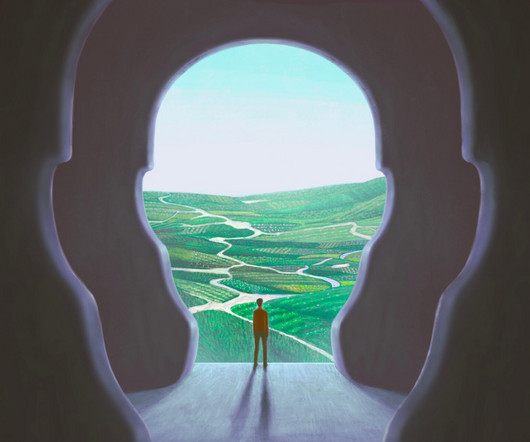

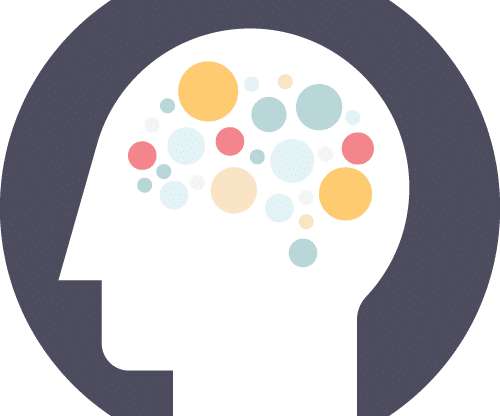





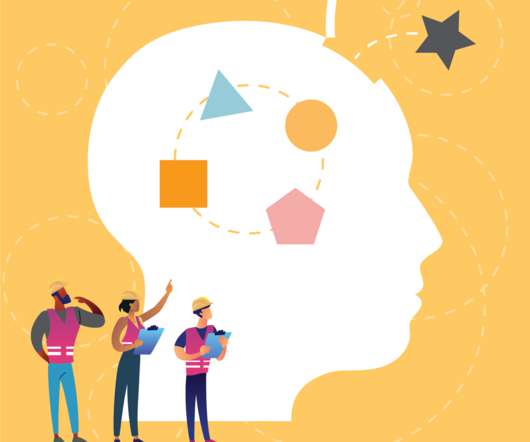

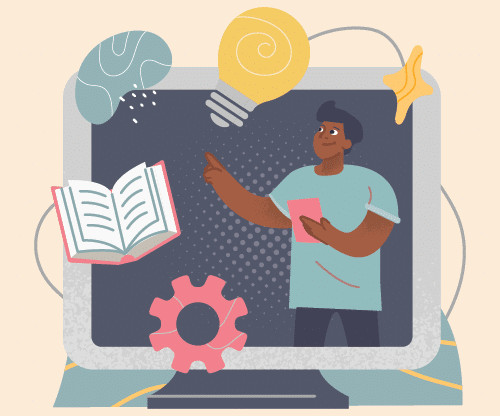


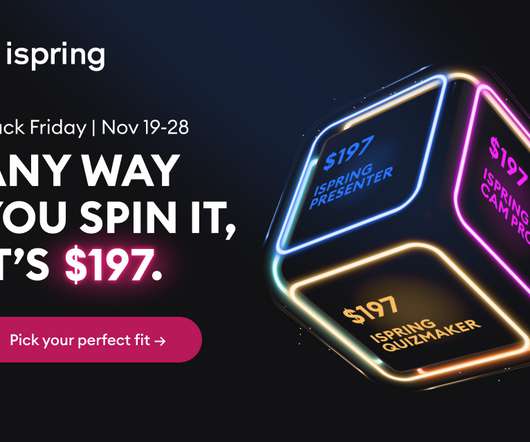











Let's personalize your content